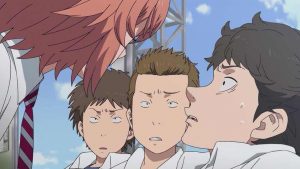 This season has its big theme for me: flawed gems. There are a numbers of series balancing good and bad points. And sure, that happens every season – but this time around I see some starker examples than is typical (perhaps most starkly Mashiro no Oto). I certainly place Tokyo Revengers in this group, but comparatively speaking I think the key to getting past it is very simple – suspension of disbelief. That’s a challenge at times (not uncommonly with time travel dramas) but there’s something genuinely likeable about this series, and its default state is quite compelling. It may have a pretty big flaw, but it’s not pecked to death by a thousand smaller ones.
This season has its big theme for me: flawed gems. There are a numbers of series balancing good and bad points. And sure, that happens every season – but this time around I see some starker examples than is typical (perhaps most starkly Mashiro no Oto). I certainly place Tokyo Revengers in this group, but comparatively speaking I think the key to getting past it is very simple – suspension of disbelief. That’s a challenge at times (not uncommonly with time travel dramas) but there’s something genuinely likeable about this series, and its default state is quite compelling. It may have a pretty big flaw, but it’s not pecked to death by a thousand smaller ones.
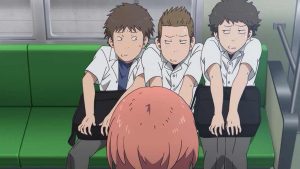 While there are still elements that annoy me – like totally ignoring the matter of Takemichi’s family – the past timeline is working better for me at this point than the present (which is still working pretty well). I find Takemichi’s wonderment at lapsing into his old life quite genuine. He’s falling in love with Hina all over again – remembering what it’s like to fall in love, in fact. He’s re-discovering loyalty and physical pain and the heightened sense of awareness that’s a part of adolescence. The experience isn’t entirely pleasant but he’s much more alive here than he was in his adult life, where he was basically half-dead already.
While there are still elements that annoy me – like totally ignoring the matter of Takemichi’s family – the past timeline is working better for me at this point than the present (which is still working pretty well). I find Takemichi’s wonderment at lapsing into his old life quite genuine. He’s falling in love with Hina all over again – remembering what it’s like to fall in love, in fact. He’s re-discovering loyalty and physical pain and the heightened sense of awareness that’s a part of adolescence. The experience isn’t entirely pleasant but he’s much more alive here than he was in his adult life, where he was basically half-dead already.
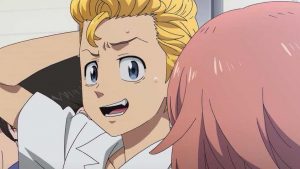 Takemichi’s comment about never having been in a girl’s room probably tells us all we need to know about how his romantic life progressed (which he’s basically admitted anyway). Chekov’s Dad is name-dropped here – he’s also a cop – suggesting to me that Naoto and Hina’s father is going to be a significant player in events sooner or later. Hooked on a feeling, that’s Takemichi – when he says he wants to stay in the past forever, I believe him. But an inadvertent handclasp with Naoto-kun puts an end to that fantasy for the nonce.
Takemichi’s comment about never having been in a girl’s room probably tells us all we need to know about how his romantic life progressed (which he’s basically admitted anyway). Chekov’s Dad is name-dropped here – he’s also a cop – suggesting to me that Naoto and Hina’s father is going to be a significant player in events sooner or later. Hooked on a feeling, that’s Takemichi – when he says he wants to stay in the past forever, I believe him. But an inadvertent handclasp with Naoto-kun puts an end to that fantasy for the nonce.
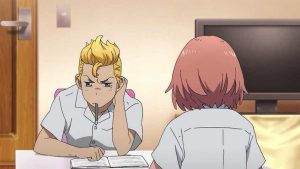 Back in the present (well, the more recent past for us) Naoto shows us both sides of his nature. He scolds Takemichi to make sure he only jumps when he’s around (which seems kind of unnecessary given the mechanism, doesn’t it?) because time passes equally in both timelines and, well- he could starve to death or die of dehydration. In the next breath he urges Takemichi to kill Mikey, which is profoundly disturbing on so many levels it’s hard to know where to start. Fortunately Takemichi is clearly not a killer no matter the provocation, but that’s a big red flag as far as Naoto is concerned.
Back in the present (well, the more recent past for us) Naoto shows us both sides of his nature. He scolds Takemichi to make sure he only jumps when he’s around (which seems kind of unnecessary given the mechanism, doesn’t it?) because time passes equally in both timelines and, well- he could starve to death or die of dehydration. In the next breath he urges Takemichi to kill Mikey, which is profoundly disturbing on so many levels it’s hard to know where to start. Fortunately Takemichi is clearly not a killer no matter the provocation, but that’s a big red flag as far as Naoto is concerned.
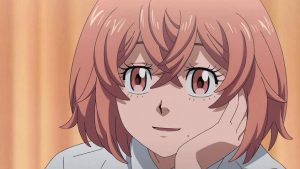 Takemichi’s impulse once back in the present is to talk to Mikey – to try and figure out where it all went wrong. But Naoto tells him that no one has seen Mikey publicly in years (which makes me wonder if he might actually be dead too). The break comes with the revelation that yes, Takemichi’s actions are changing events – now Akkun is a top deputy in Toman, rather than a nobody just out of prison for killing Kiyomizu. Akkun’s old phone number (somewhat improbably) still works, and he’s the obvious conduit to Mikey.
Takemichi’s impulse once back in the present is to talk to Mikey – to try and figure out where it all went wrong. But Naoto tells him that no one has seen Mikey publicly in years (which makes me wonder if he might actually be dead too). The break comes with the revelation that yes, Takemichi’s actions are changing events – now Akkun is a top deputy in Toman, rather than a nobody just out of prison for killing Kiyomizu. Akkun’s old phone number (somewhat improbably) still works, and he’s the obvious conduit to Mikey.
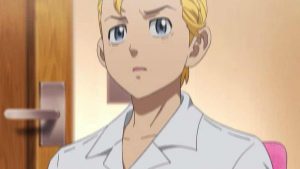 Takemichi is a very naive guy, no question about it. And the meeting with Akkun (now running a hostess club) quickly turns profoundly dark. The headline here, of course, is that it was Akkun who pushed Takemichi onto the tracks – no doubt on the orders of Kisaki Tetta, who seems like the sort of guy who’d make a former best friend be the one to kill somebody. The question of course is why Kiseki would want Takemichi dead – what tipped him off that he was a threat, especially since Akkun’s own suspicions don’t spark until after Naoto happens to be on-hand to save Takemichi? I suspect sometime in the past Takemichi spilled the beans to the wrong person and it got back to Kisaki, but I suppose we’ll find out soon enough.
Takemichi is a very naive guy, no question about it. And the meeting with Akkun (now running a hostess club) quickly turns profoundly dark. The headline here, of course, is that it was Akkun who pushed Takemichi onto the tracks – no doubt on the orders of Kisaki Tetta, who seems like the sort of guy who’d make a former best friend be the one to kill somebody. The question of course is why Kiseki would want Takemichi dead – what tipped him off that he was a threat, especially since Akkun’s own suspicions don’t spark until after Naoto happens to be on-hand to save Takemichi? I suspect sometime in the past Takemichi spilled the beans to the wrong person and it got back to Kisaki, but I suppose we’ll find out soon enough.
 That suspension of disbelief trigger does get pulled after what happens on the roof, because all I was thinking was “how exactly are Takemichi and Naoto going to be allowed to walk away from this?” That aside, Takemichi now has someone else to try and save – and then theres Doraken too, who Akkun says is dead and whose death apparently changed Mikey for the worse. Maybe Takemichi is actually the perfect person to take all this on, because a more cynical (or sensible) guy would probably ask too many questions and never actually act on anything. That’s not a problem for Takemichi, though he’s certainly got plenty of others to worry about.
That suspension of disbelief trigger does get pulled after what happens on the roof, because all I was thinking was “how exactly are Takemichi and Naoto going to be allowed to walk away from this?” That aside, Takemichi now has someone else to try and save – and then theres Doraken too, who Akkun says is dead and whose death apparently changed Mikey for the worse. Maybe Takemichi is actually the perfect person to take all this on, because a more cynical (or sensible) guy would probably ask too many questions and never actually act on anything. That’s not a problem for Takemichi, though he’s certainly got plenty of others to worry about.


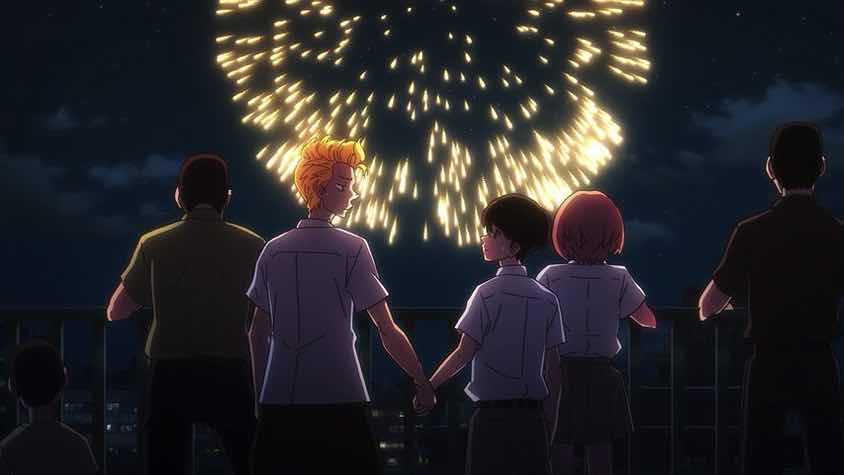
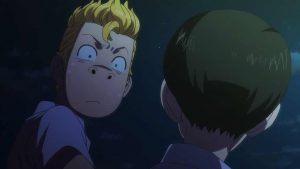
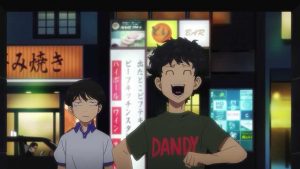
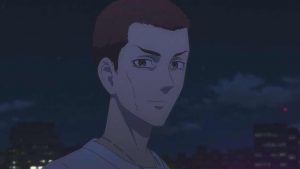

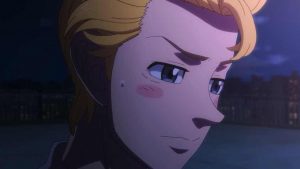
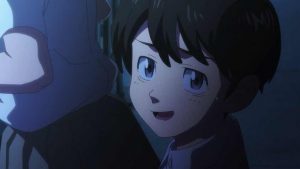


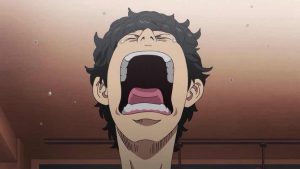
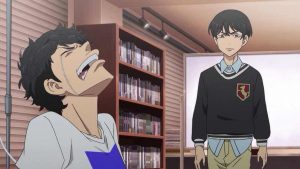
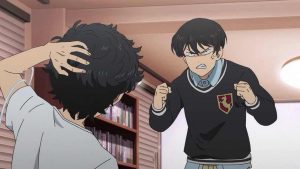
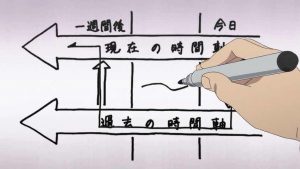



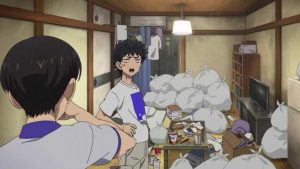
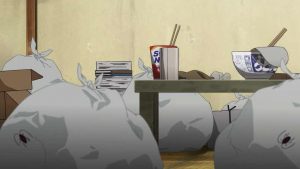

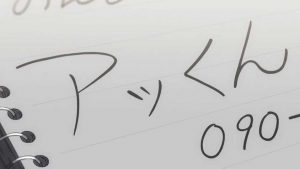
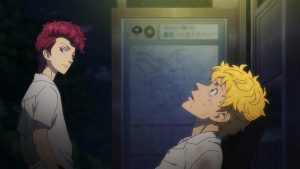
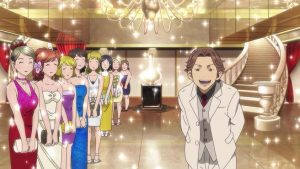
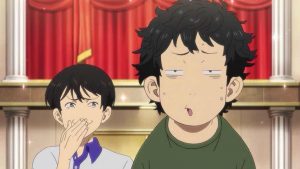
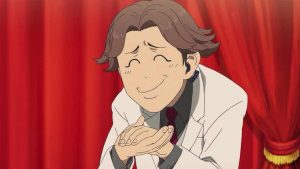
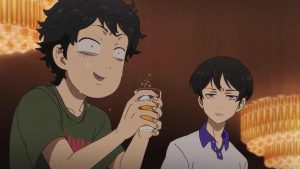
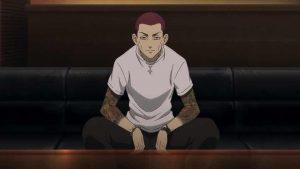
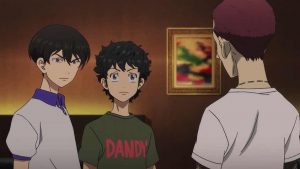
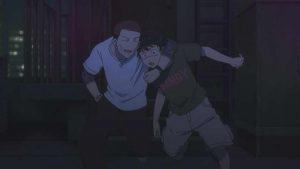

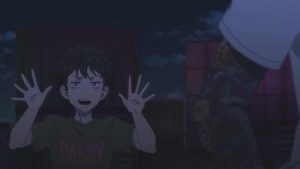
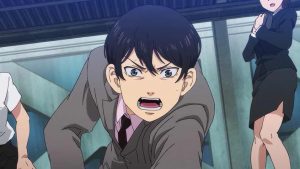
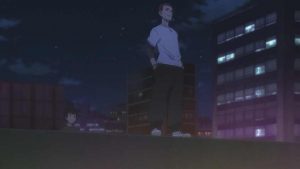

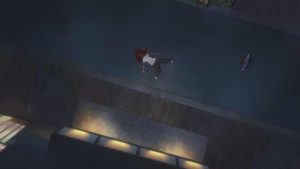
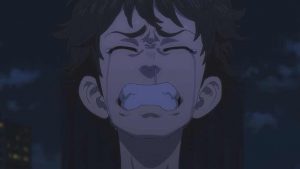
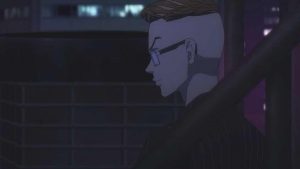



leongsh
May 2, 2021 at 3:43 pmTakemichi has mostly been stuck in the dregs when the series started. Now that he has reconnected with his past and getting to connect with this awareness and even new connections, like Mikey and Draken, he finds himself compelled to dive in to not lose these “new” connections that he has made. He acknowledged that he wants to live in that new past timeline because he can redo his life and have another chance to move on from there.
The one thing about this time leap that he gets only 1 chance to redo the past with no take-backs. Always jumping to the same time-and-date but exactly 12 years back. Thus, whatever he does in his time leap back, there is no redo nor reset. Thus, the plot device requires Takemichi to go all-in because any half measures would bite him (and future Naoto) back.
Re: Suspension of Disbelief – Time leap stories always require that. There are too many variables and possible cascading effects that can make the new future affected by changes in past events to vary from narrow impacts to extremely wide impacts. Thus, depending on the scope of the story that the writer wants to tell, that would be how narrow or wide the impact that impact would be. That said, sometimes the environment and situation has reached a certain critical mass that certain types of events will still happen but with a different actor/instigator and at a different location but still with that same impact (good or bad is dependent on situation and point of view).
A.Sade
May 2, 2021 at 5:29 pmDon’t forget the suspension of disbelief inherently required by delinquent stories full of murderous middle-schoolers. Talk about a double dose, lol.
leongsh
May 2, 2021 at 8:41 pmI’ll just drop a few links that comes from the US government websites:
https://www.ncbi.nlm.nih.gov/books/NBK44300/
https://ojjdp.ojp.gov/sites/g/files/xyckuh176/files/pubs/237542.pdf
Youth gang violence is still sufficiently prevalent in high population centres in the US. It has gone since the 80s-90s when youth gang violence peaked.
This is an area that you think you are suspending disbelief but you need to be aware of the facts.
leongsh
May 2, 2021 at 8:52 pmYou want to consider this (http://factsanddetails.com/japan/cat22/sub147/item814.html) with regards to Bosozoku Motorcycle Gangs and Juvenile Crime in Japan